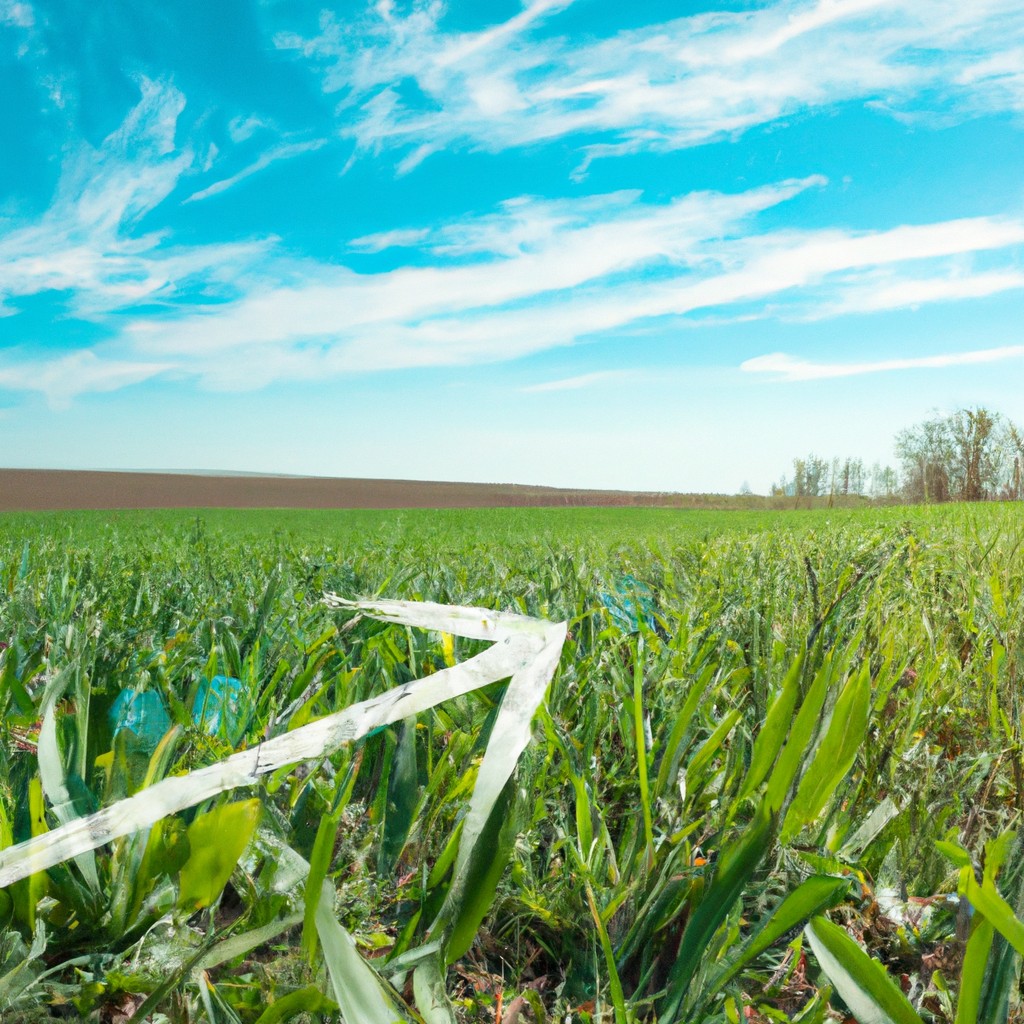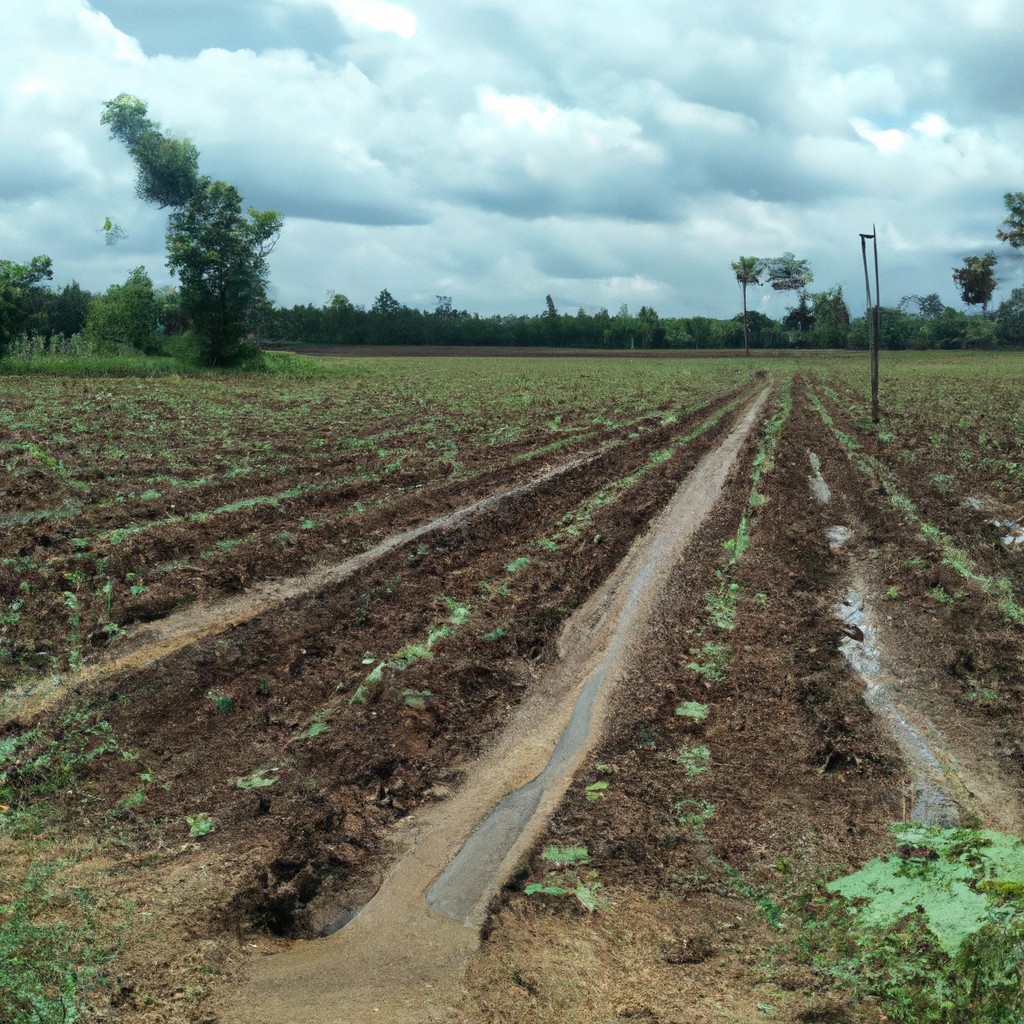Discover the triumphs and challenges shaping Russia’s agriculture, including how its vast lands and climate push farmers to embrace both innovation and tradition.
Look Inside:
Production Statistics Overview

Russia is a heavyweight in the agricultural arena, often sporting a champion’s belt in grain production. The landscape is vast, and the stats are just as impressive.
First, wheat is the king on the Russian farm throne, with the country consistently landing in the top three wheat producers worldwide. Sunflower oil also shines brightly, with Russia being a leading producer.
Dairy and meat sectors provide a little more sizzle and moo, notably contributing to the nation’s agricultural output.
Despite chilly weather stereotypes, the crop growing season can be surprisingly bountiful in certain regions. Picture fields where Mother Nature occasionally swaps her fur coat for a bikini.
Tractors and combines roam the fields like mechanical herds, maximizing productivity on these sprawling lands. Russia continues striving for efficiency, driven by its appetite for innovation in farming technology.
Agricultural exports are a significant boost for the Russian economy, with grains often sailing away into the sunset, towards international markets.
As a country with both vast resources and considerable challenges, Russia’s agricultural numbers aren’t just figures—they reflect the unique characteristics of its diverse and expansive terrain.
Climate Impact On Agriculture
Russia’s agriculture is a bit like a weather-dependent soap opera, with climate wearing the director’s hat. Our protagonists – crops – have their growing seasons, but climate change loves throwing curveballs.
- Temperature tantrums: Warmer temperatures can extend growing seasons in some regions, turning cold shoulders into warm embraces. But too much warmth can stress plants quicker than forgetting to water a houseplant.
- Rain, rain, go away: Precipitation patterns are more erratic than a cat on catnip. Some regions face drought, while others drown – it’s a moisture melodrama!
- Permafrost perplexities: As temperatures rise, permafrost is more of a thing of the past, altering landscapes and affecting agriculture logistics. Saying goodbye to frost might feel nice, but it sure makes farming interesting.
These climatic quirks challenge farmers to adjust their practices, while nature giggles in the background, playing its ever-unpredictable soundtrack.
Farm Ownership and Structure
In the vast landscapes of Russia, farms come in a fascinating variety of shapes and sizes. The agrarian scene is a mash-up of massive former state farms, snazzy private enterprises, and smaller family-run plots. Russia doesn’t believe in doing things by halves, and its farms are a prime example. Behold the kolkhozes and sovkhozes of yore – collective and state farms that still exist in rebranded forms or as nostalgic memories.
Then we have the corporate giants, the agri-businesses flexing their muscles with their high-tech tractors and spreadsheets. These powerhouses dominate the grain production game. They’re like the cool kids with the newest gadgets, only they’re playing with wheat.
But let’s not forget the family farms, the unsung heroes. The babushkas and dedushkas cultivating their small patches, reminding us that not everything has to come with a quarterly review. They raise livestock, vegetables, and occasionally eyebrows with their persistence and dedication. In short, Russia’s farm structure is a delightful contradiction of scales and approaches, all part of its grand agricultural tapestry.
Grain Production and Trade
Russia is quite the grain wizard, holding a top spot in global wheat exports. Thanks to its vast fields and favorable climate, the country produces more wheat than you can shake a baguette at.
- Russia’s breadbasket is mainly in the Southern and Central federal districts. This region’s fertile soil makes it the perfect spot for growing grain crops that could make any loaf proud.
- To say Russia is a major player in the wheat trade is an understatement. Its exports feed nations from Egypt to Bangladesh faster than you can say “pass the butter.”
- The Russian government occasionally gets twitchy with export duties and quotas. These tactics are like surprise pop quizzes for the grain market, testing how quickly everyone can adapt.
- Climate change possesses the wild card factor. While it might extend growing seasons, it’s also unpredictable enough to make farmers and weather forecasters sweat.
- High grain production brings economic growth and helps bolster food security. In Soviet farming terms, it’s a win-win that even Stalin’s ghost would crack a smile at.
Each season is a grand agricultural symphony, and Russia is playing first chair in the grain section.
Challenges and Opportunities in the Agricultural Sector
Farmers in Russia often wake up to the smell of opportunity… and occasional tractor troubles. Access to modern technology is a significant hurdle; many farms still employ methods that Noah might recognize. Investing in advanced equipment can increase efficiency, but it’s as elusive as finding a unicorn in a haystack.
Climate change plays hide-and-seek with Russian agriculture. Unpredictable weather swings from droughts to floods faster than you can say “borscht.” Adapting crops to these whims creates a need for resilient genetically-diverse crops, which can handle Russia’s mood swings better than a troika.
The vastness of Russia’s land is both a blessing and a logistical puzzle. Transporting goods from Siberian fields to urban tables is sometimes like trying to drive a Lada through a blizzard. Strengthening infrastructure is key to ensuring crops don’t take scenic detours.
Last but not least, there’s the little matter of government regulations and support. Farmers look forward to policies that favor growth rather than making them feel like they’re stuck in a game of bureaucratic Tetris. Thankfully, more focus on sustainable practices could sow seeds for a greener future.




